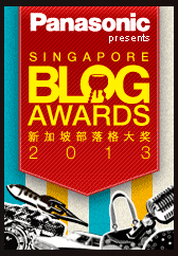|
Teochews are very close to my heart as my maternal grandmother's family clan are Teochews. I see the virtues of Teochews in my grandmother. She inspires me with her hardworking manner, warm personality and the love and kindness she has shown to me (since young) and the people around her. I had a chance to pop into the first ever Teochew Festival held at Singapore Ngee Ann Civic Plaza in late September. Clan association Teochew Poit Ip Huay Guan went all out to organise this big event to celebrate its 85th anniversary and it had generated plenty of public interest. The event aimed to evoke a sense of nostalgia among older folks, and also spark interest among youths by offering an insight into the fine arts, cuisines and history of Teochew culture. The Teochews are well-known for their beautiful arts and crafts. There were loads of stuff to feast one's eyes. You will be able to see these at the festival. The Teochew people pride themselves for founding a unique brand of paper lanterns called "Huang Yuan You Zhi Deng Long", that are characterised by intricately-woven bamboo strips. At the paper lantern booth, festival-goers can watch the making of these lanterns by a craftsman with over forty years of experience, Mr Chen Zhoumao. Traditional Chinese lanterns of oiled paper are still paint with ancient skill in Singapore. The lanterns are used in Chinese temples, clan associations and in private houses. Decoration includes famous figures from legend and Chinese characters spell out good wishes, good luck and long life. Lanterns made in small premises such as depicted find a demand in many of the world's markets. These delicate lanterns are not so easy to make. It usually takes several days to finish one of them. Mr Chen makes paper paraphernalia used in temple festivities, funeral offerings and of course lanterns.Traditional paper lanterns (once common in the past), can still be seen in temples, clan associations, traditional peranakans houses and sometimes, though rarely now in houses of rich towkays. Lantern makers choose their colors and materials very carefully in order to make the lanterns stand out from the crowd. The first step is to create the frame with bamboo. Five- or six-year-old bamboo with few joints is the best choice as the sticks have to be meticulously coaxed and bent into the cylindrical lantern shape. The selected bamboo is sliced into long, thin pieces. The bamboo needs to be both flexible and firm. The joints might otherwise hinder the curving effect and increase the difficulty of weaving. The making of traditional lanterns was popular in the old days where houseowners used to proudly display their family name at the main entrance into the house. Chinese Teochew traditional craftsman Mr Chen in action. Lanterns provide rich insights into history. In the old days, take for example lanterns that have surnames written in bold Chinese calligraphy on one side and picturesque drawings on the other. Lanterns were originally created to differentiate families in a village, sometimes acting as a symbol of their social status. Officials and the first few candidates to pass the imperial exams would hang lanterns with their family names above their front gates. Lanterns also served as the olden-day equivalent of number plates or doorbells, when they were used to identify a particular household as well as light up the doorway. There’s a swing-like structure inside this lantern. It can hold the candle and keep the candle perpendicular to the ground, so that the candle won’t light the surface material or go out. As lanterns were indispensable in providing light, they were considered a symbol of enlightenment and blessing, used to repel the wicked darkness. The Chinese pronunciation for lantern, "deng," also sounds similar to "ding," referring to male power within the household. As a result, people sometimes hung lanterns up to invite prosperity and fertility into the family. Today, there are still festivals where lanterns usually containing a small candle, which, when lit, creates smoke and causes the lantern to rise are sent soaring into the sky, symbolizing the sending of a message to the heavens. Given the powerful significance of lanterns, it is perhaps unsurprising that they are painstakingly made according to the different occasions they are used for. The rules of making lanterns were fixed a long time ago, and they reflected the culture and beliefs of the era. Lanterns therefore offer a fascinating glimpse into the past, when social norms had a great impact on everyday life. Being a paper lantern-maker is no easy task. Mr Chen still insists on making his lanterns in the traditional way, he's definitely a gatekeeper of the fine art of lantern-making bestowed from times past.
Everything is made by hand, from the orderly needle punctures to creases of various shapes. It takes perception, a calm mentality, design innovation and tool-making skills. They can’t be made overnight. Is it all worth it? Depends on how you value things. You can hardly find these craftsmen in action in the fast growing modernisation world. For me that is a good reason enough to go through all this effort.
4 Comments
CC Lim
25/1/2016 11:13:48 am
You are so lucky to have seen this and watched a master craftsman in action. Pity I missed it. Thank you for sharing. Would love to read other traditional things you write about.
Reply
28/5/2016 06:26:17 pm
Very interesting article. I would be interested to buy a pair of Teochew Chinese hand made lanterns. Is there any way to get in touch with Mr.Chen? Best regards . Barbara
Reply
Anthony
8/8/2016 04:44:06 pm
Hi. Im looking for this tradition chinese lantern making. Do u hv the contact? Or hw should i contact them?
Reply
Miss Zym Tay
14/6/2017 08:16:02 pm
You can buy from Yeo Swee Huat at Blk 6 Toa Payoh Industrial Park Lor 8. You can also go to Joo Moh Trafing at 141 Middle Road GSM Building #01-01. Compare the artwork n prices before u buy any lanterns
Reply
Leave a Reply. |
Author
|

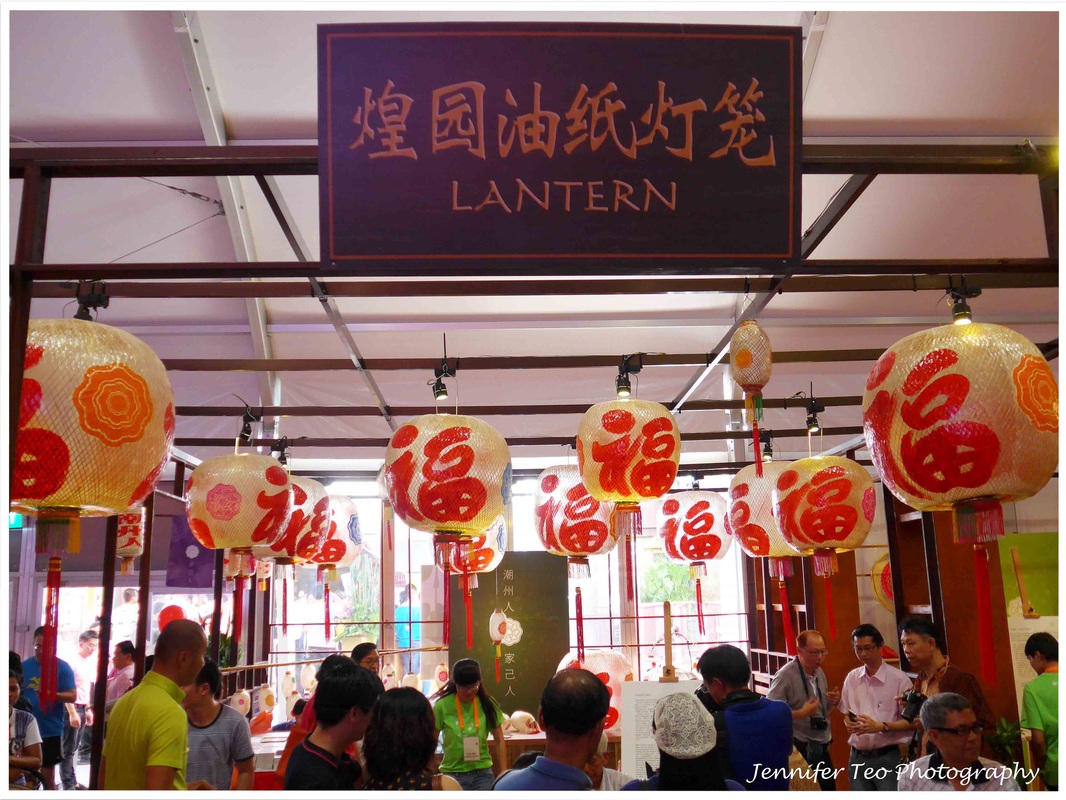
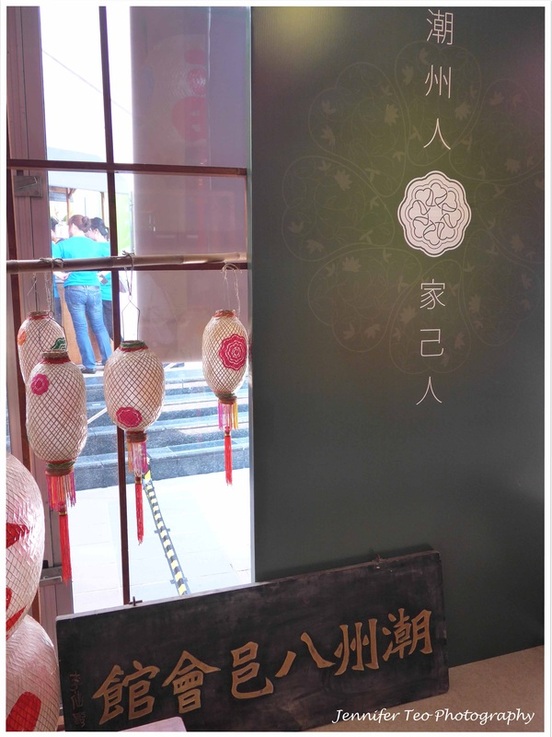
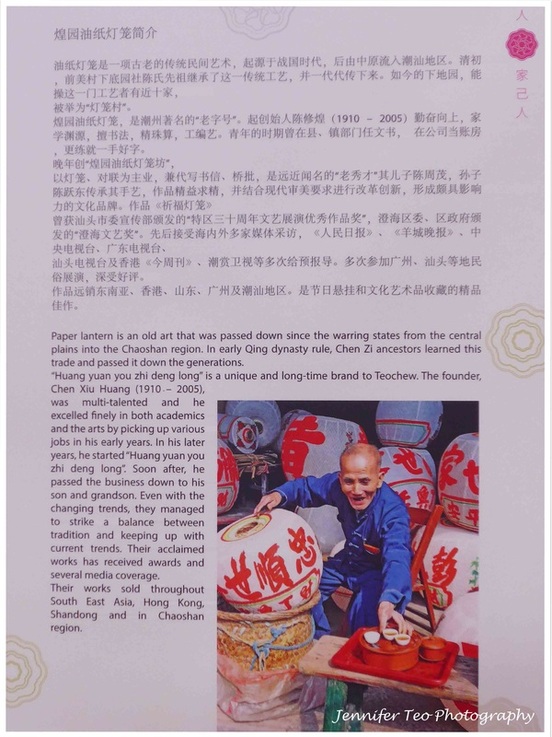
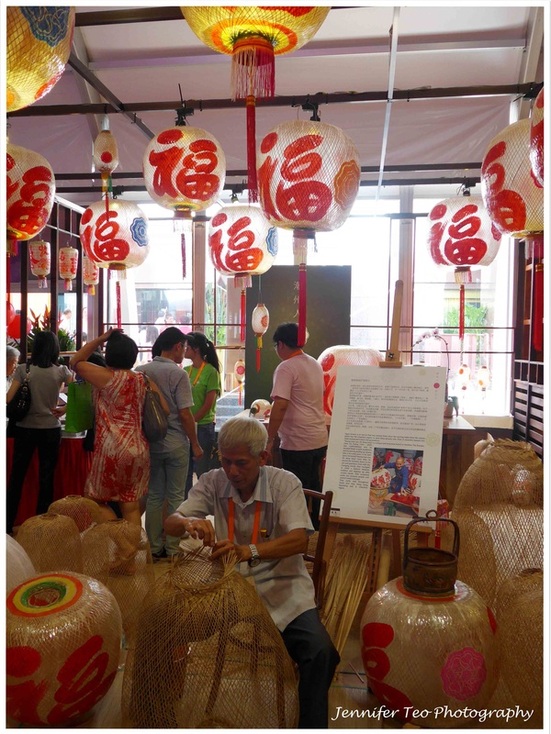
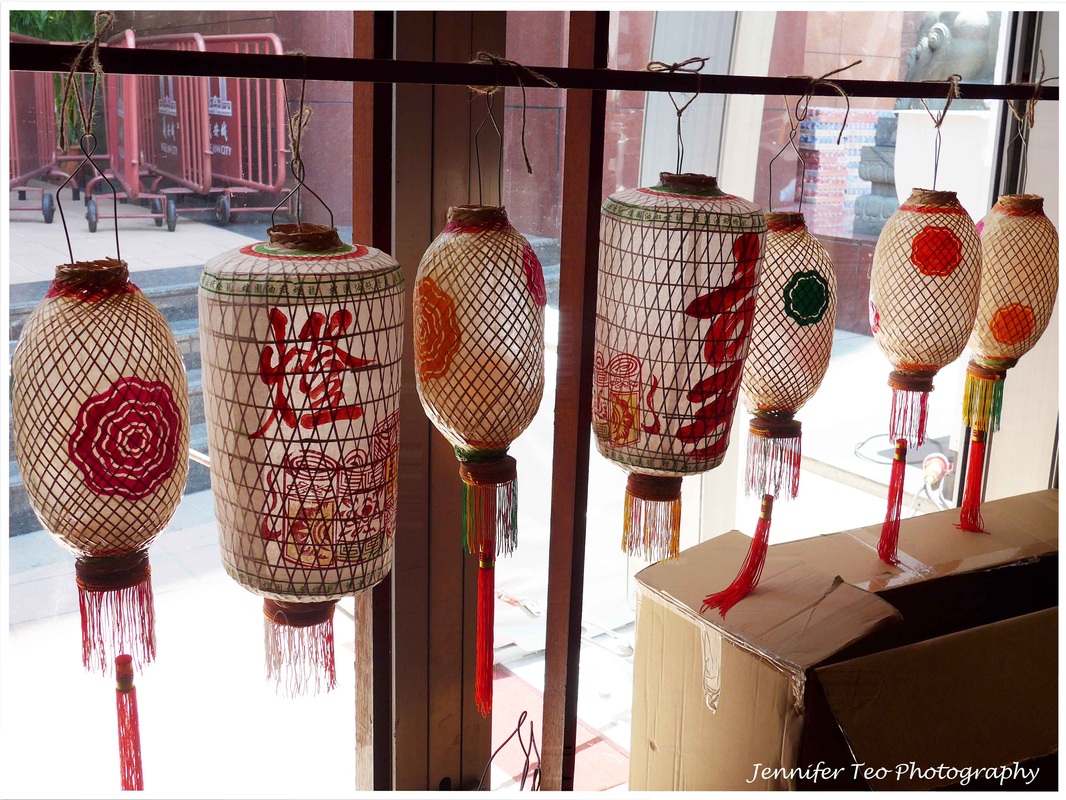
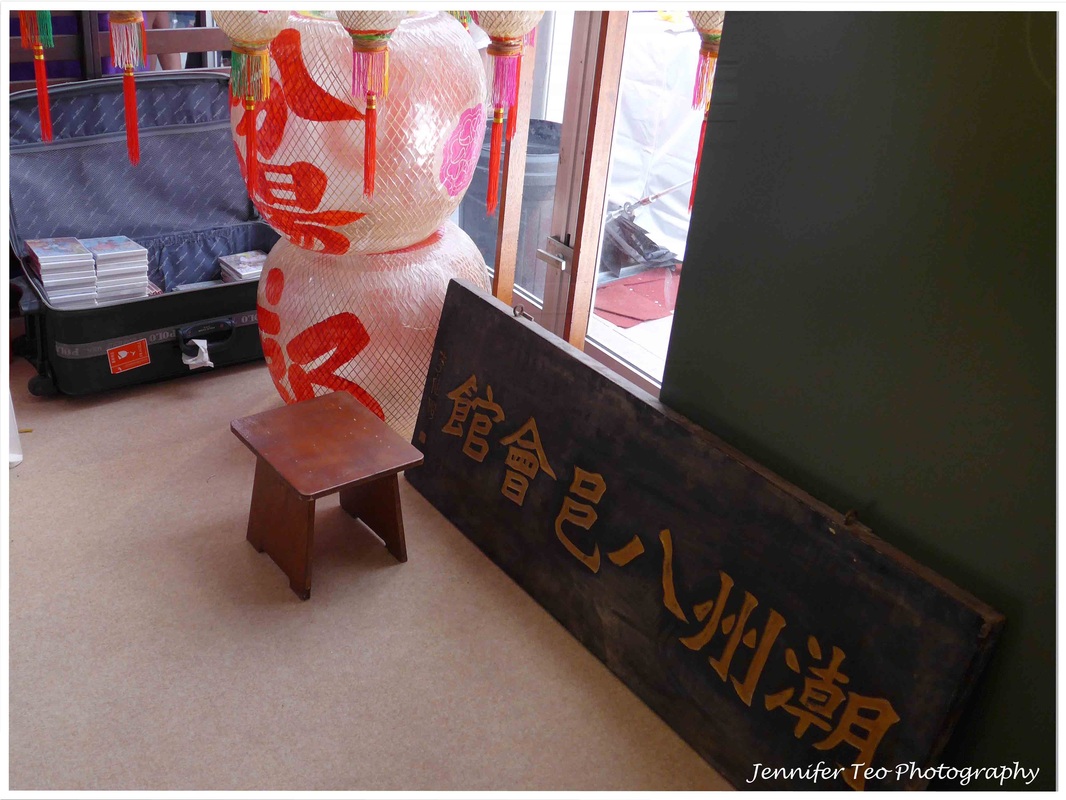
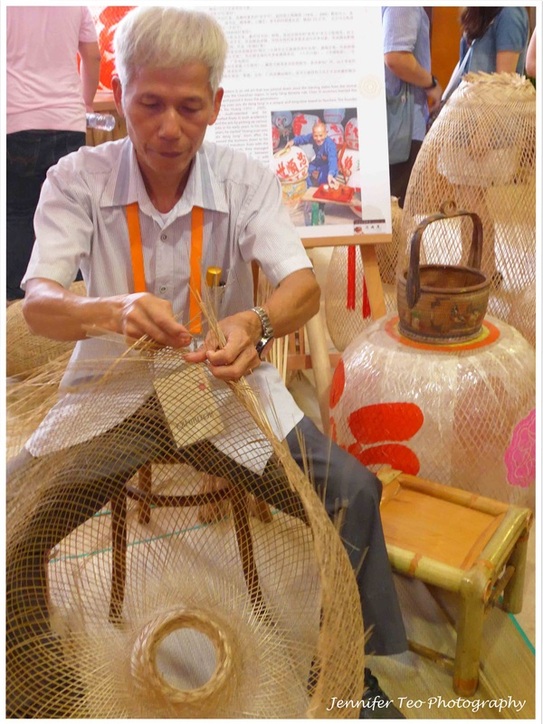
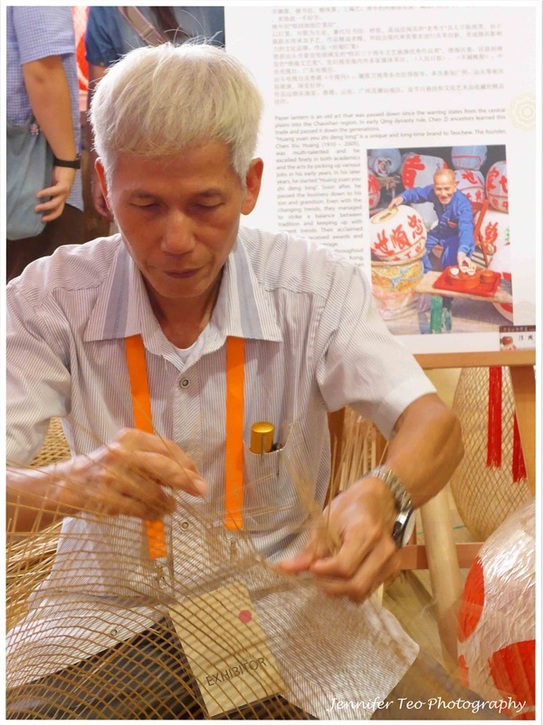
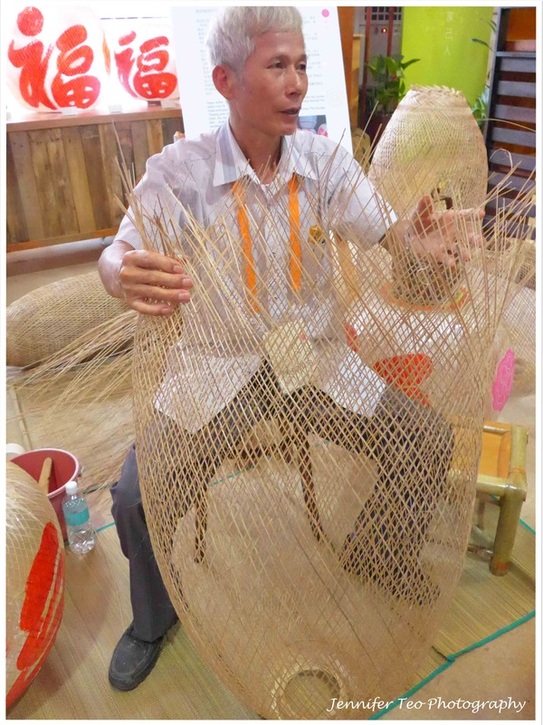
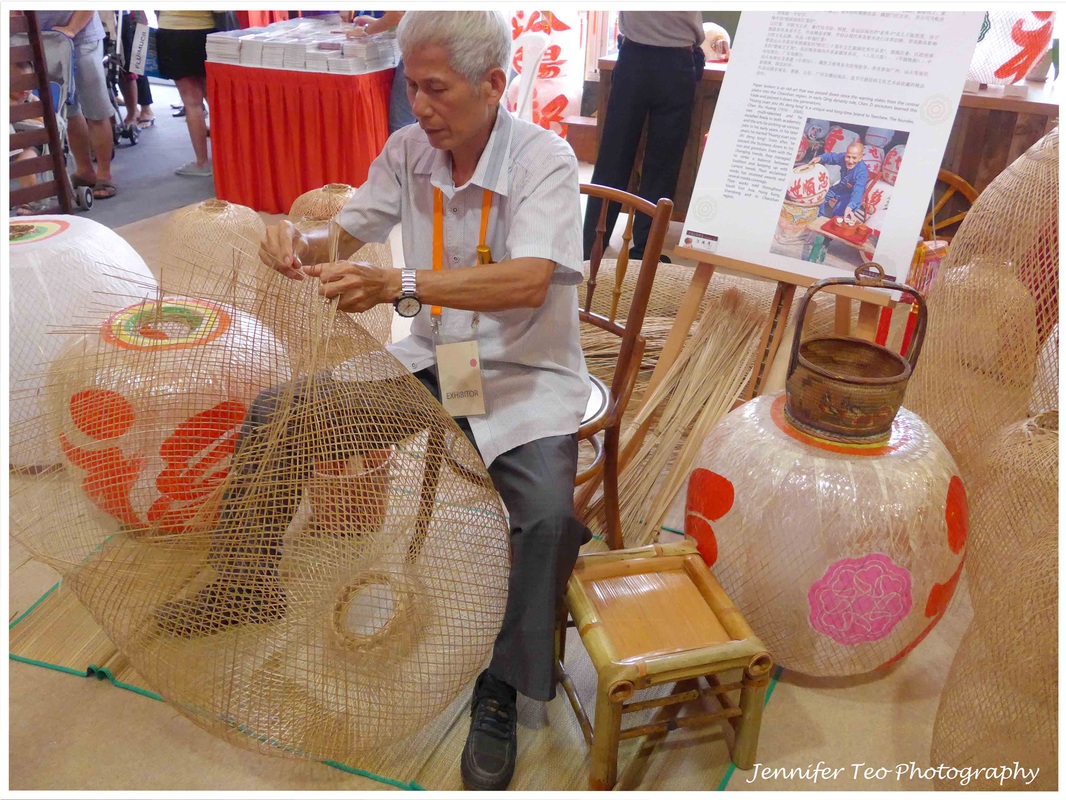
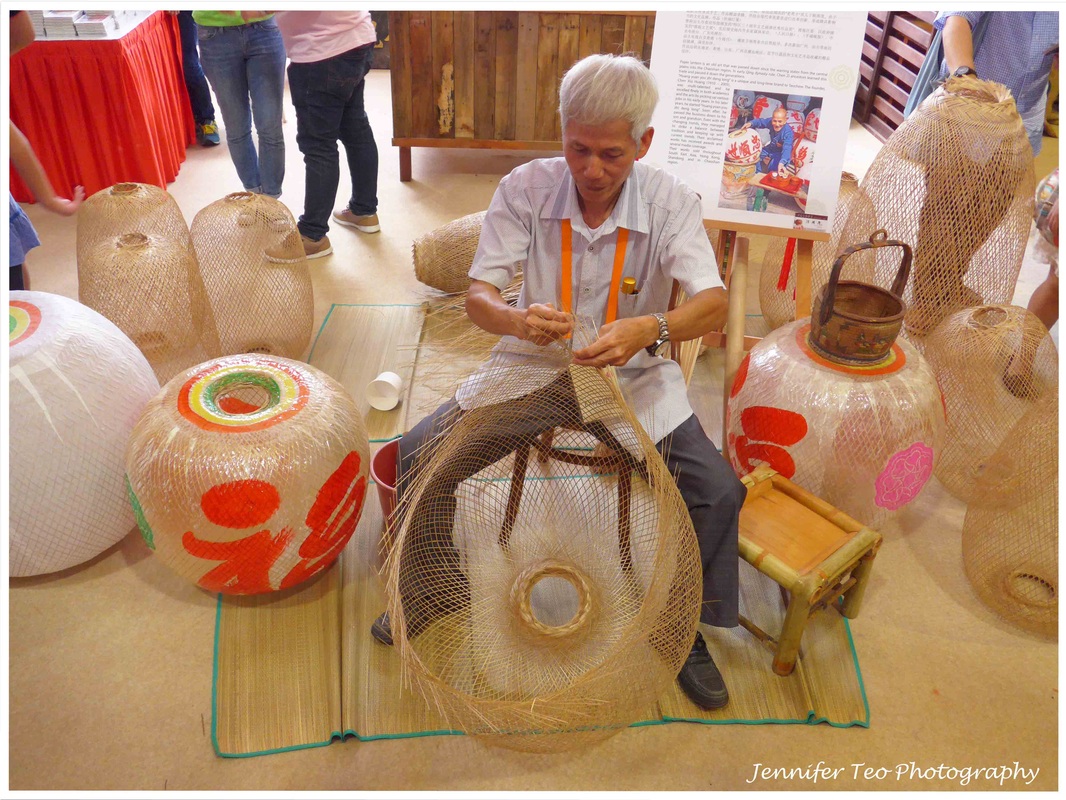
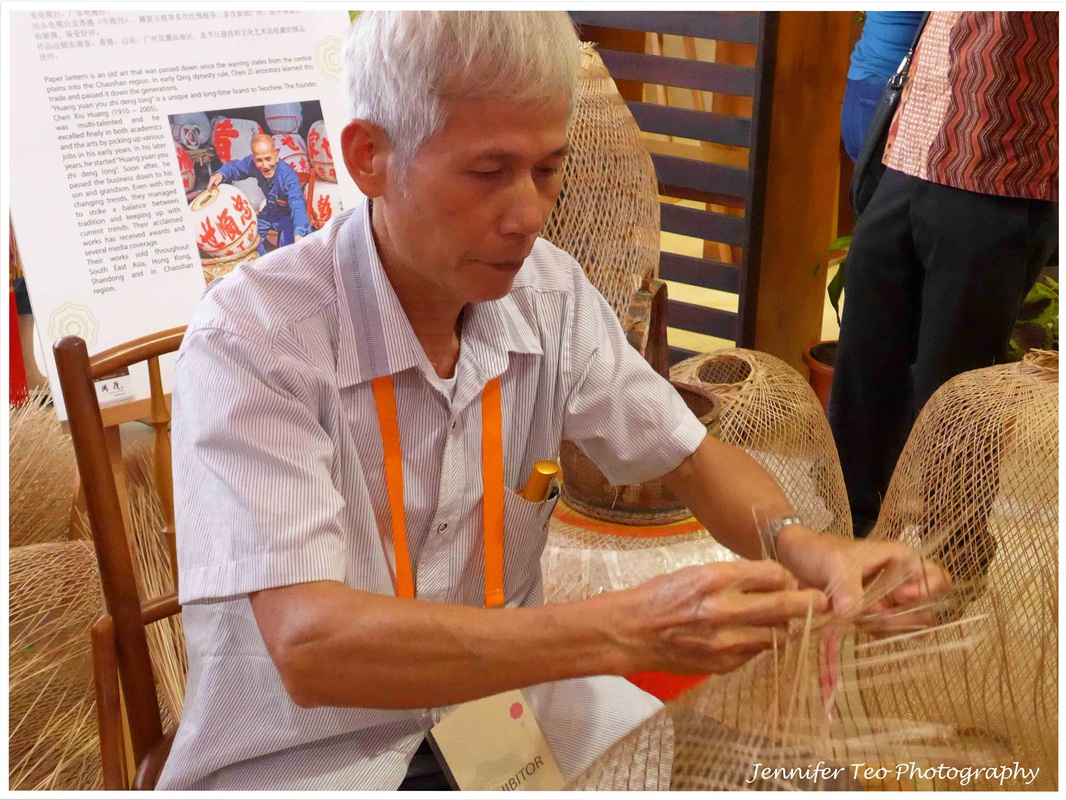
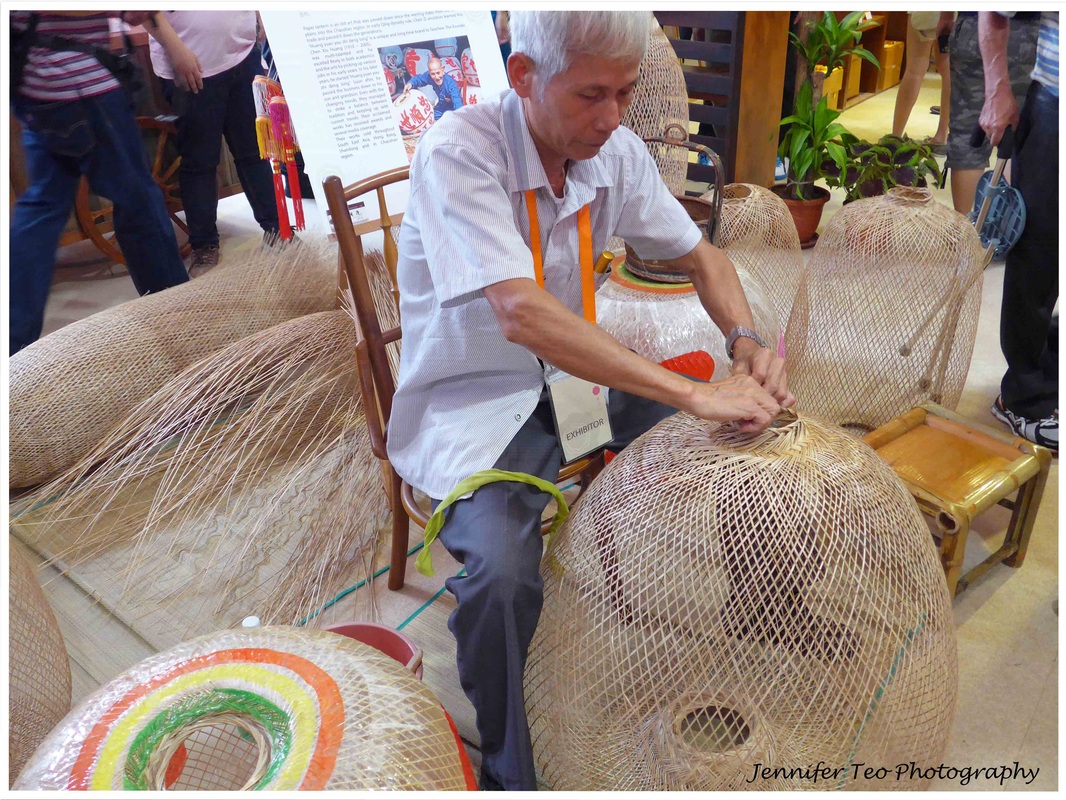
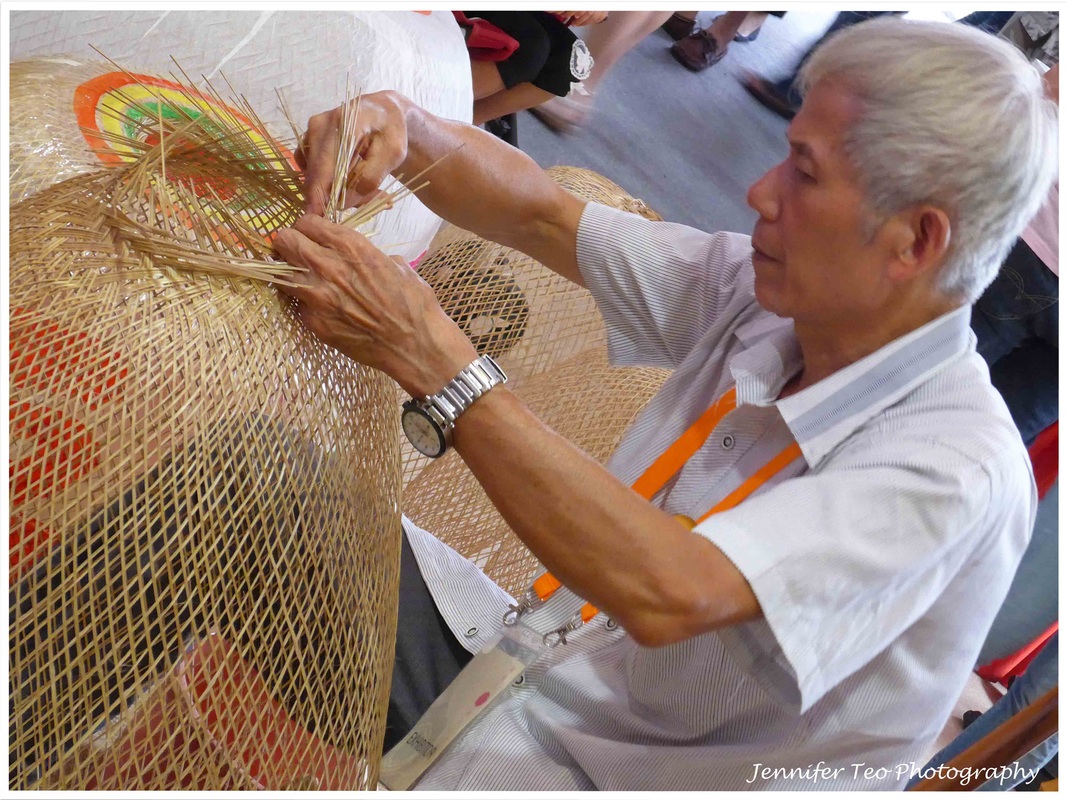
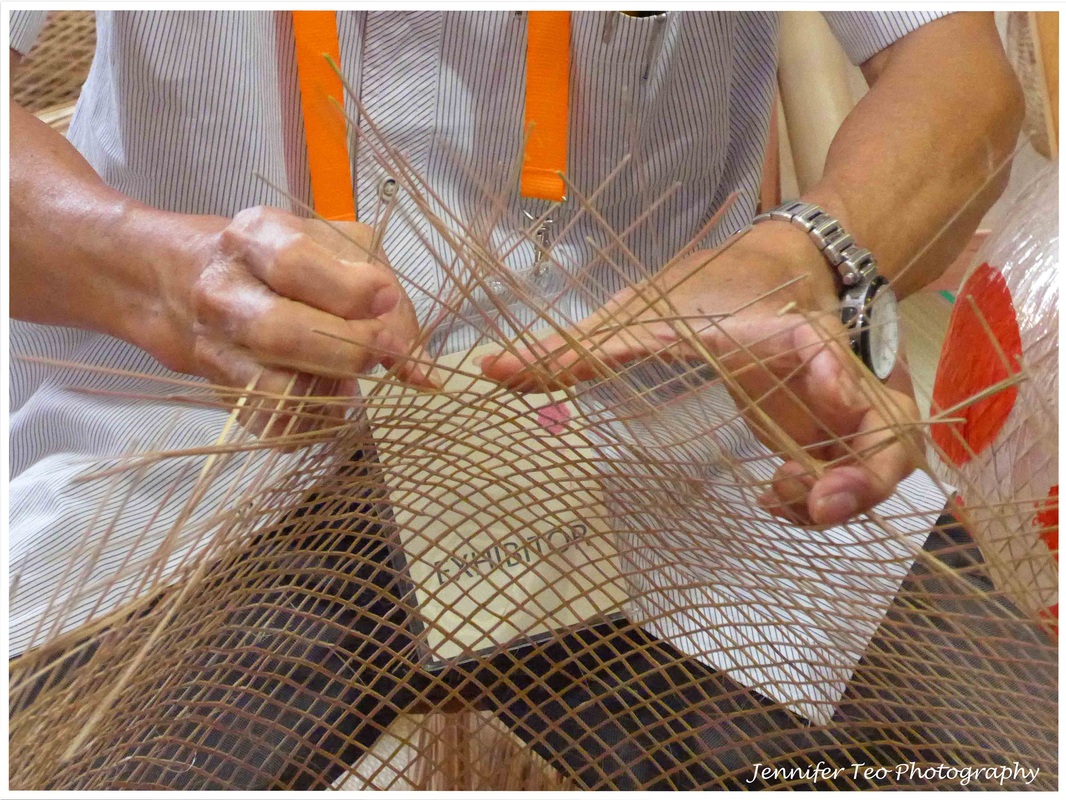
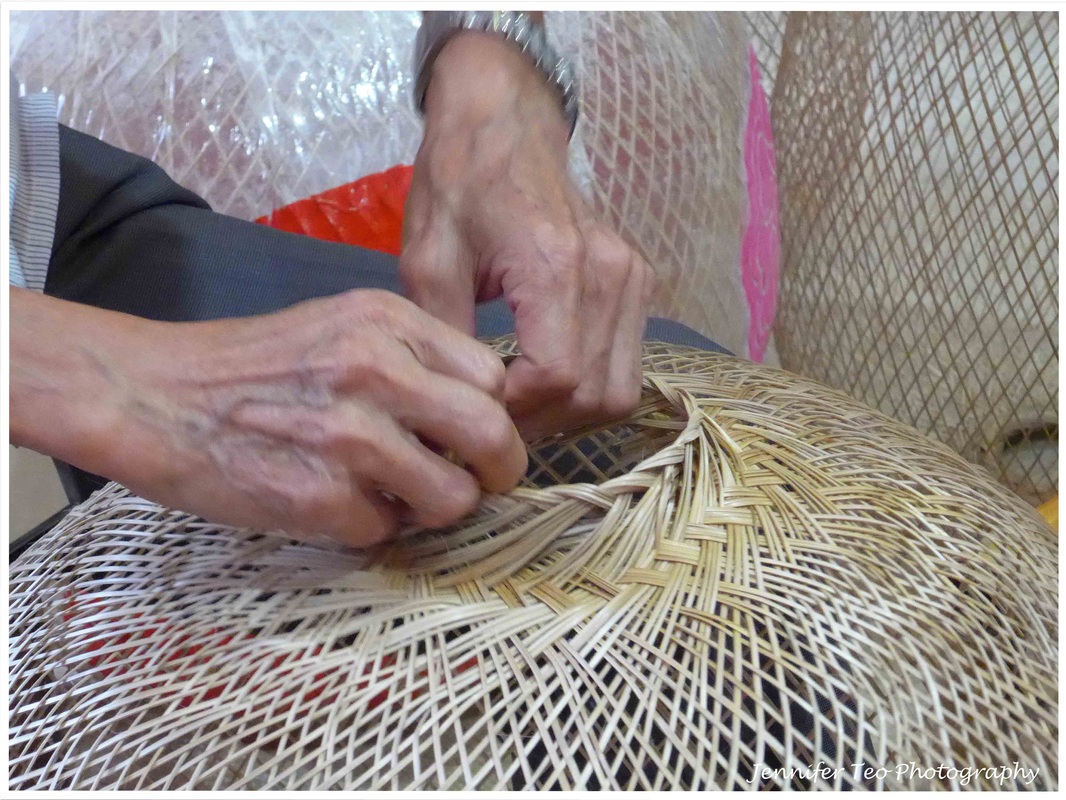
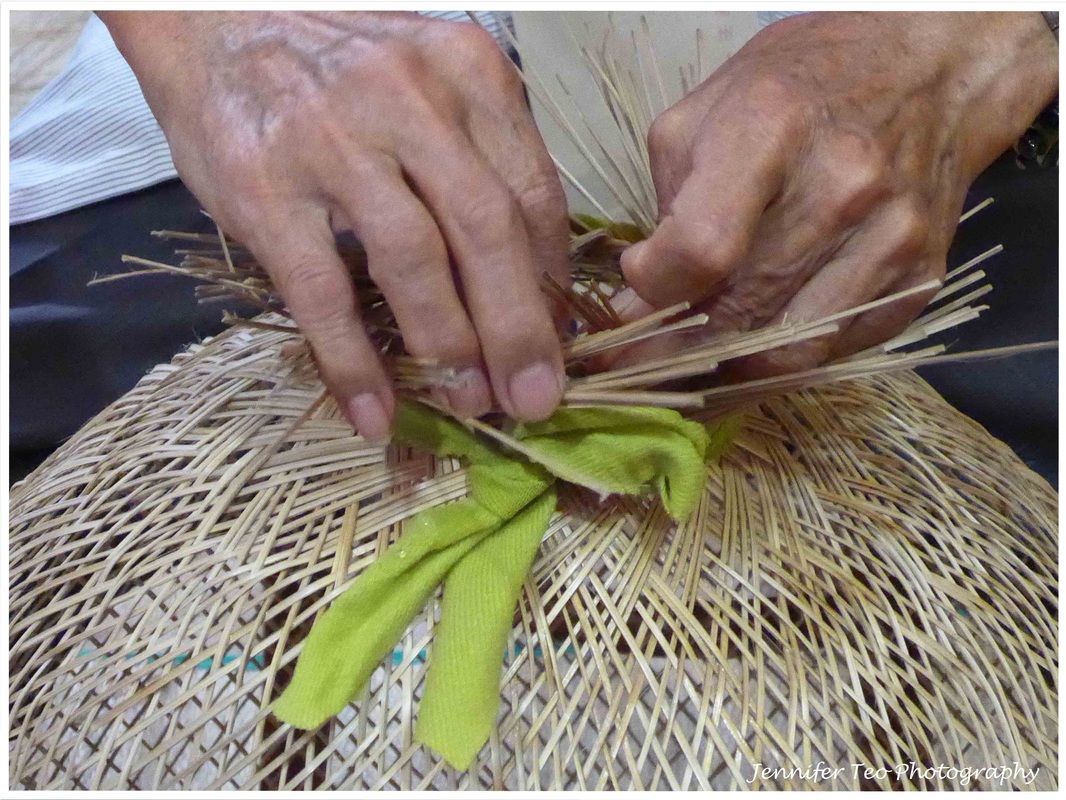
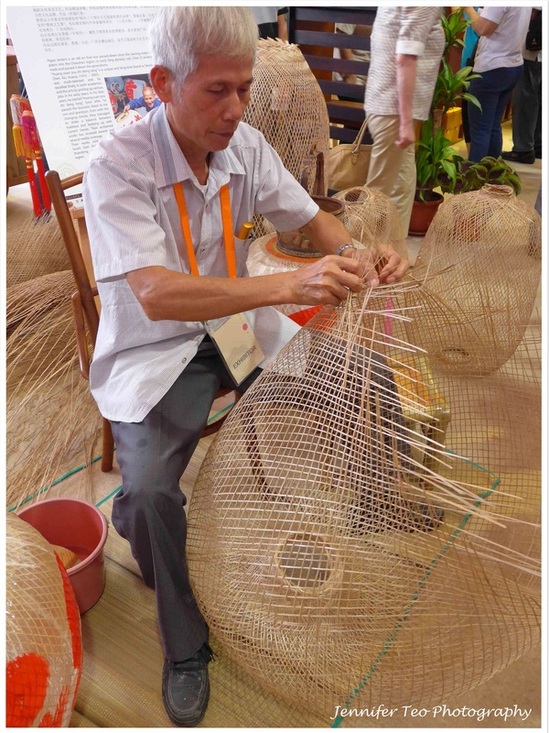
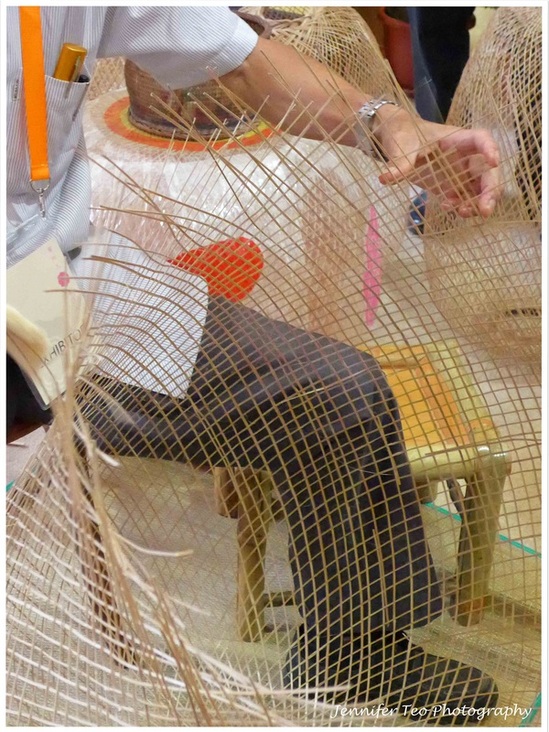
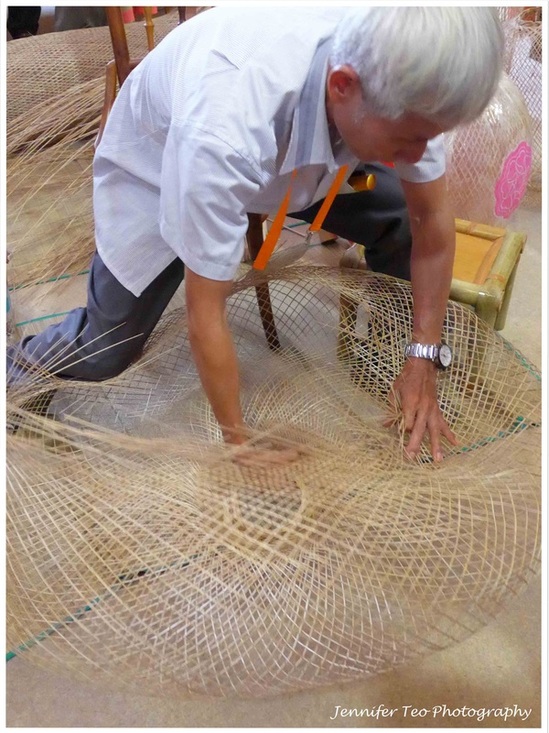
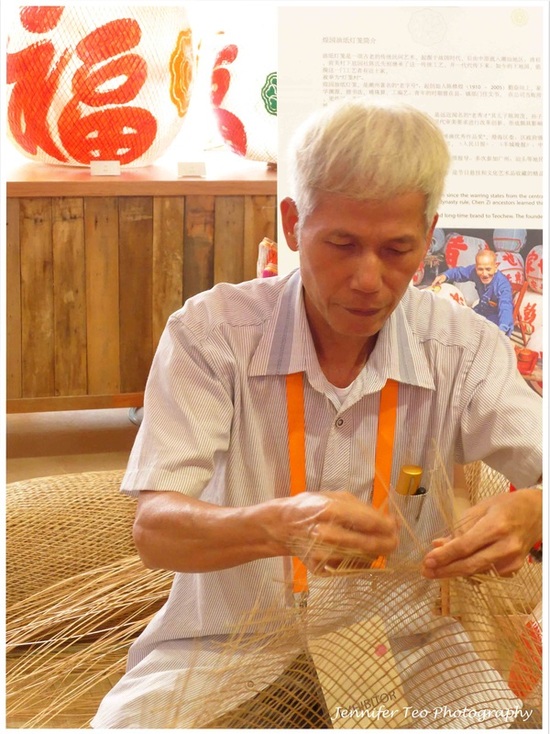
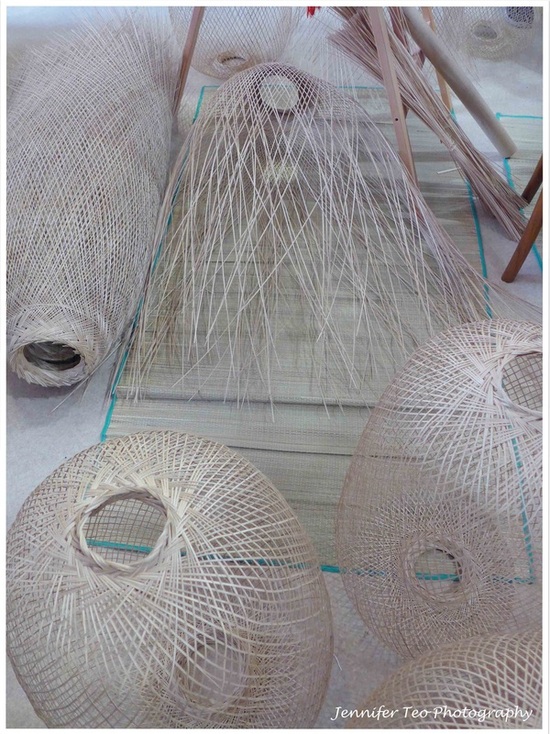
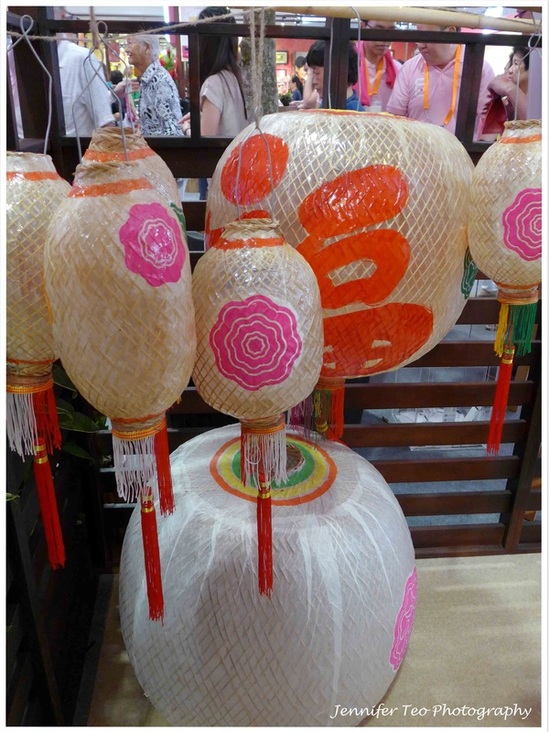
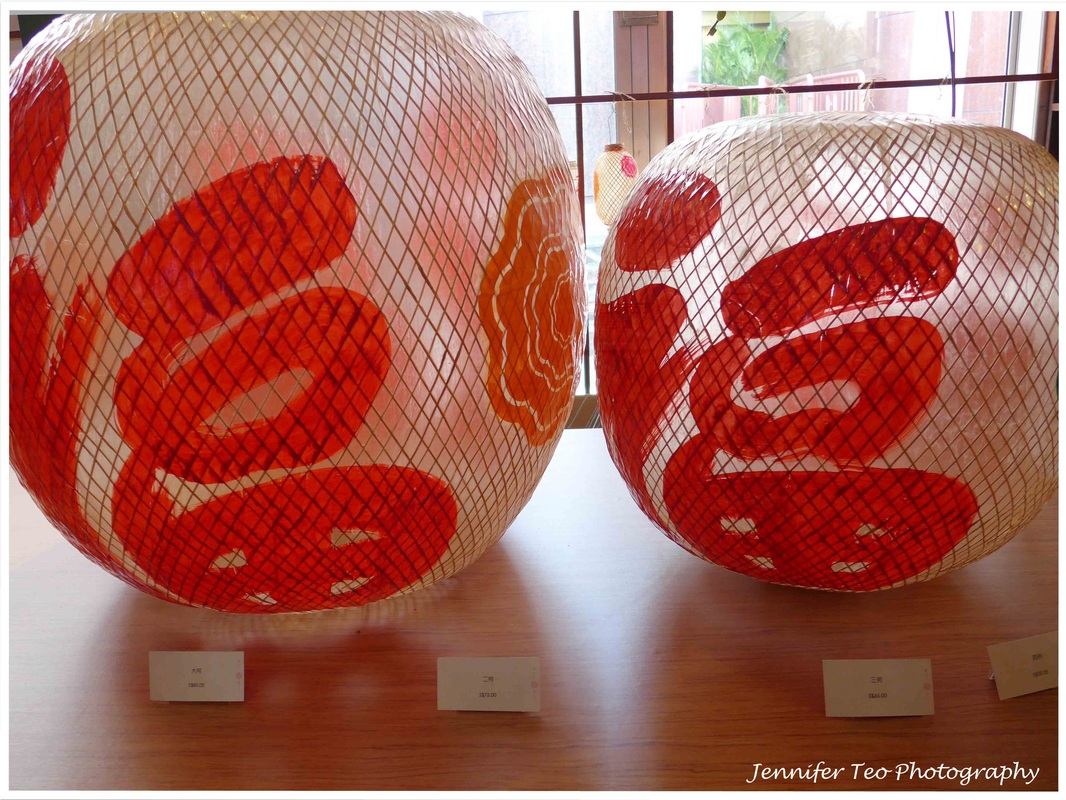
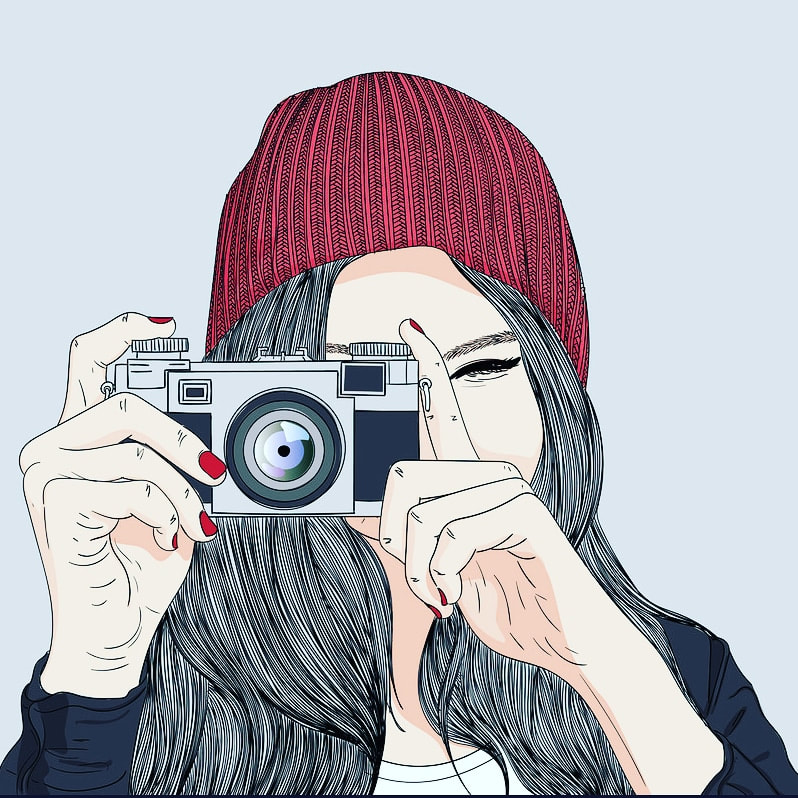
 RSS Feed
RSS Feed






